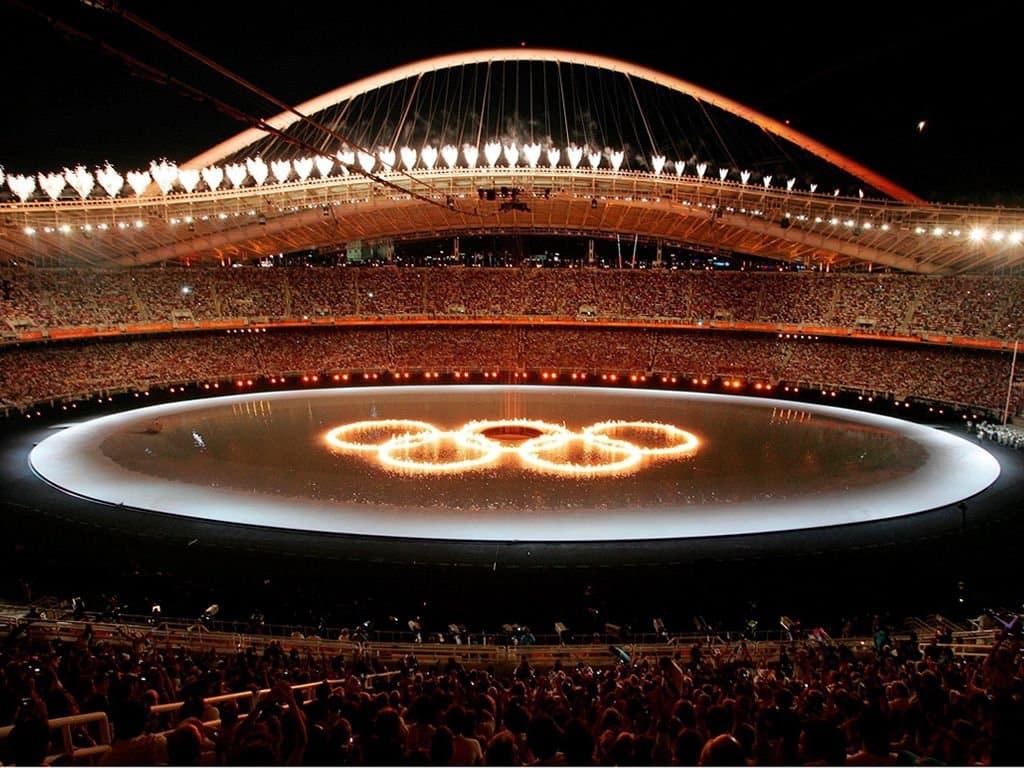The Olympic Games were born in Greece; the city of Athens played a leading role in establishing and celebrating the Games. The Marathon, one of the main events, is closely related to the history of Athens. It is dedicated to the battle of Marathon which had proven decisive for Athens, Greece and the European continent as well. In case the Athenians were defeated by the almighty Persian army, the European civilization today would be …Persian. According to Herodotus, in a corner of Southeastern Attica, the Athenians won the battle thanks to Miltiades’ ingenuity and strategic planning. Pheidippides, the soldier who brought the victorious message running all the way to Athens; “we won”, he said and collapsed. Pheidippides has been the first Marathon athlete. A tomb was set next to the battlefield in memory of the 192 Athenians who lost their life.
The 42,195 meters long Marathon route runs through fields, vineyards, olive groves and green hills. The Marathon area offers archaeological sites, ancient temples, an ancient theatre, a museum, an artificial lake and long sunny beaches as tourist attractions.
The Athens Marathon, the Authentic is an international sports event for skilled and talented athletes. It sends a worldwide message about the power of human will, determination and self-denial. 2010 is a landmark for the Marathon Movement: it has been 2,500 years since the battle of Marathon. Visit the Athens Authentic website (www.athensauthentic.com) for more information about the events, historical details, the route, instructions to the runners, statistics, maps and many photographs. You may also visit: www.aims-association.org, the official website of the Association of International Marathons and Distance Races (AIMS).
Panathenaic Stadium
The beautiful marble Panathenaic Stadium stands in the heart of Athens for more than 2,500 years. Since 1896, all Athens Marathon events finish there. Between 338 – 326 B.C. Lycurgus, a charismatic Athenian politician and orator, became manager of the public revenue and the public works. He repaired the city walls, he built a school of music and new shipsheds for the naval fleet. Most important, he built the new Panathenaic Stadium in a concave spot between the hills of Ardittos and Agra by the banks of Ilissos River, for athletic competitions to be held during the Great Panathenaea – the most important of all festivities in Athens.
In 139 and 144 A.D. during the reign of Herodes Atticus, the Stadium was refurbished and given the horseshoe-shape it has today. A 204.07m x 33.35m track and seats for 50,000 spectators were constructed. The Romans used the Stadium as an arena for gladiatorial games and later with Christian prevalence the place was abandoned. In medieval times the stadium, like many other buildings in Athens, was robbed of all its marble.
In 1856 the decision for its restoration was taken; white marble from mount Penteli had been used for this purpose and the works were completed in 1900. This resulted in the stadium acquiring its modern name “Kallimarmaron” which means “beautiful marble”. The whole process (among other problems) proved to be quite costly and it wouldn’t have been completed had it not been for many benefactors like George Averof whose donation was the most generous. The new stadium’s capacity exceeded 60,000 seats and since then, its visitors have attended many glorious national, political, cultural and athletic events. There took place the first Modern Olympic Games in 1896; in 1996, the people welcomed the Greek Olympic Champions from Atlanta; in 1997 the opening ceremony of the 6th World Athletics Championships took place in Kallimarmaron and also in 2004 the public celebrated there the European Championship with the Greek National Soccer Team.
Also in 2004, 108 years later, the Modern Olympic Games returned to their birthplace, with the participation of 11,099 athletes from 202 different countries. The stadium welcomed the Marathon runners and hosted the archery games. The Athens Panathenaic Stadiums location is easily accessible. For more information visit the website: www.panathenaicstadium.gr








